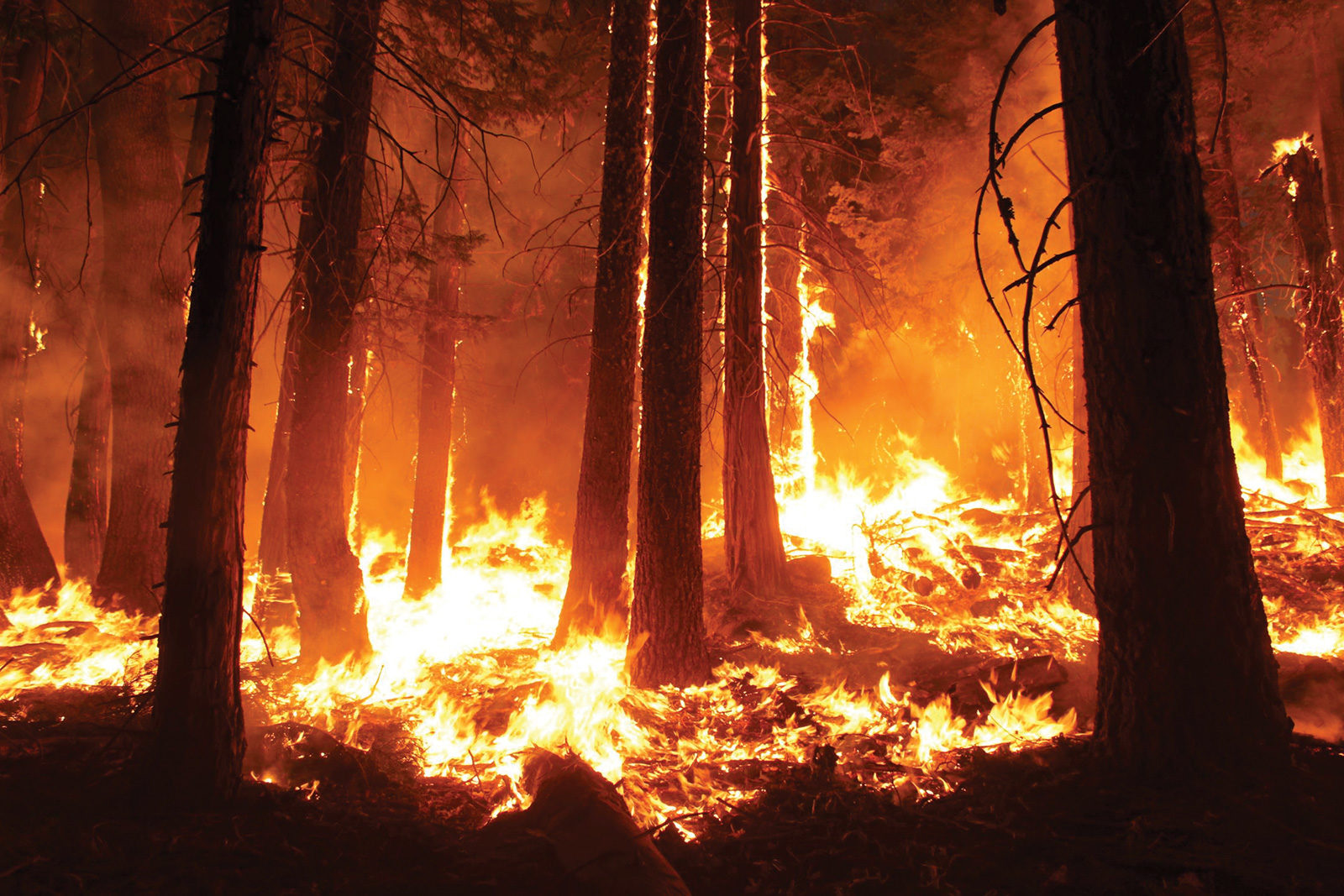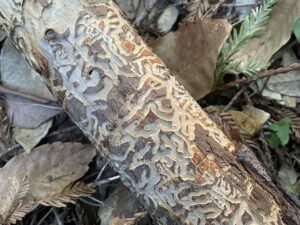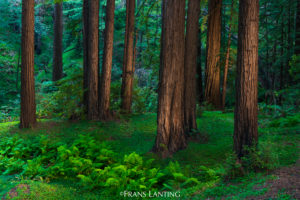As the enormous August 2013 Rim Fire in Stanislaus National Forest raged, Bay Area–based filmmaker Kevin White, whose work often appears on PBS, asked himself, “What’s happening here? Is this a harbinger of wildfires to come?” After checking on his family’s nearby cabin, White began looking for answers in what would become the documentary film Wilder Than Wild: Fire, Forests and the Future, released in March 2018. “In fact, [the Rim Fire] was” an omen of things to come, White now says.
Featuring interviews with officials from the U.S. Forest Service, Cal Fire, the Air Resources Board, Yurok Tribe’s Cultural Fire Management Council, and others, Wilder Than Wild looks at the causes and impacts of California’s increasingly devastating wildfires, with an emphasis on the effects of fire suppression. As environmental historian Stephen Pyne explains in the film, the Yosemite that John Muir and other European-Americans saw in the 19th century was not a natural landscape, but a cultural one shaped by the region’s indigenous people through intentional burns. “That kept wildfire—unwanted fire—under control,” Pyne explains. But priorities changed when settlers displaced indigenous people, and Wilder Than Wild provides a brief history of the creation of the U.S. Forest Service and proliferation of the idea that all wildfire must be suppressed.
“He starved more bears out than he saved,” proclaims Thomas Willson Sr., a Yurok Tribe member discussing the Forest Service’s Smokey Bear in the film. Willson tells how his grandmother would give him and his young brothers matches to periodically burn vegetation on the hills. But eventually nontribal authorities put a stop to this practice, and the grasslands were overtaken by conifers, growing unchecked in the absence of fire, threatening the huckleberries bears eat and creating a fire danger for locals.
Kelly Martin, Yosemite National Park’s Chief of Fire and Aviation Management, says the different missions of the Forest Service and National Park Service explain why the latter has more flexibility to use fire on the landscape, as was done before colonization. The Forest Service manages timber as a commodity and thus wildfires are an economic threat. But sometimes the National Park Service just lets fires burn. Martin gave the film crew a tour of an active fire on park land, saying “tremendous good” would come from burning fuel on the forest floor. The other experts in the film agree with Martin: fire must return to the land in order to prevent megafires.
This proposed solution might come as a surprise to those familiar with Smokey Bear’s nearly 75-year fire suppression campaign, but the ecologists and forest managers interviewed in Wilder Than Wild remind viewers that California forests have evolved with low-intensity fires. Adding to the confusion was U.S. Interior Secretary Ryan Zinke’s August 2018 comments blaming California wildfires on “environmental terrorist groups” preventing removal of fuel loads. But White, speaking after the release of the film, said he believes Zinke was suggesting a one-size-fits-all approach to forest management that caters to the lumber industry. “This is a very simplistic answer to a much more complicated problem, buddy,” White said of Zinke. “You are not helping anybody here.”
And Wilder Than Wild makes clear that forest fuel loads are only a part of the problem. Climate change is the most significant culprit, along with a cascading series of consequences like extreme heat, drought, and bark beetle infestations that leave trees dead, dry, and flammable. Thrown into this powder keg are the approximately 100 million Americans living in the so-called wildland–urban interface, which are areas of heightened wildfire risk.
White tells Bay Nature that on October 8, 2017, he had a rough cut of the film, but the next morning he woke up to smoke—from the cataclysmic fire sweeping through Santa Rosa. He couldn’t ignore the significance of this fire and began filming again. At that time, the Rim Fire was the third largest wildfire in California history. Before he finally completed the film, the record would be surpassed in December 2017 by the Thomas Fire in southern California and then again this summer by the Mendocino Complex fire. The Rim Fire now ranks as only the fifth largest in state history, underscoring the palpable urgency conveyed in Wilder Than Wild. “What I’m hoping the film helps with is for us to rethink our relationship to wildfire,” White says.
To attend or host a screening, visit wilderthanwildfilm.org





